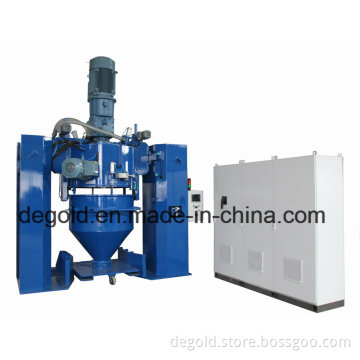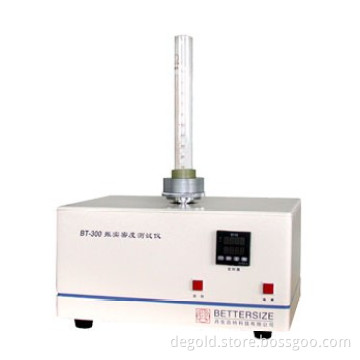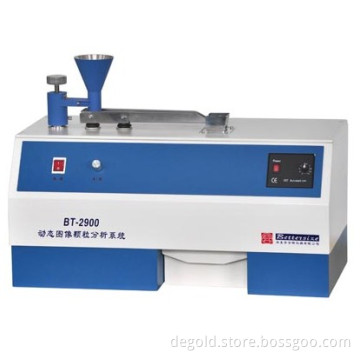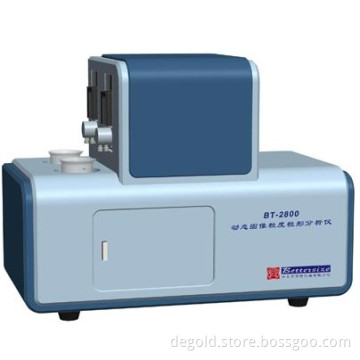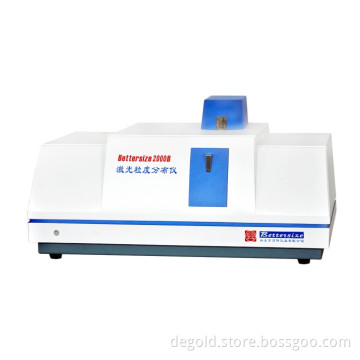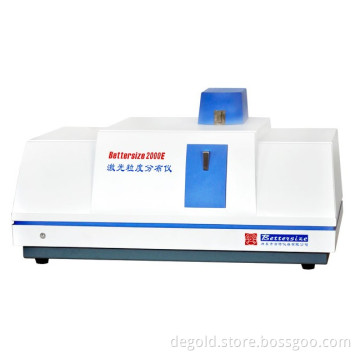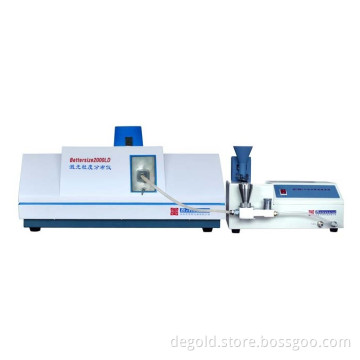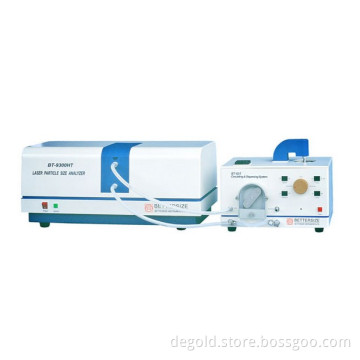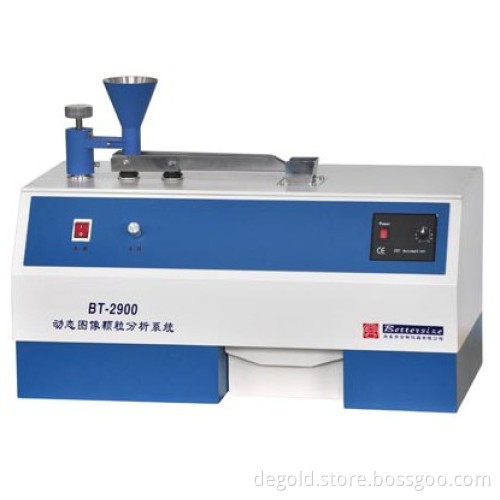
Image Particle Size and Shape Analysis System (Dry method) Bt-2900
- Payment Type:
- L/C, T/T
Quantity:
Your message must be between 20 to 2000 characters
Contact NowBasic Info
Basic Info
| Place of Origin: | Dandong, China. |
|---|---|
| Payment Type: | L/C, T/T |
Product Description
Product Description
Principle1. Calibration method: Shoot a picture for microscopic scale. By drawing a line in the specific scale range in this image, the actual length (um) corresponding to a pixel can be calculated. In process of analysis, the size of the particle can be calculated by counting the number of pixels it occupies.
2. Imaging principle for free falling particles: Add appropriate sample to the storage hopper. Adjust the distance between storage hopper and cloth groove. Start the vibrating feeder, and then particles will flow along the cloth groove, and fall down at the mouth of groove. When particles falling down before the camera, the camera CCD will rapidly shoot a particle image. By counting the number of particle and the total number of pixels that each particle contains, equivalent circle area and equivalent spherical volume for each particle can be calculated, so as to get the data of particle size and particle shape, etc.
Specifications1. Size Range: 0.03-10mm
2. Lens Magnification: 0.3-2 X
3. Sample dosage: 10-200g
4. Repeatability: 5. Accuracy: 6. Test items: (1) particle size: Particle size distribution, typical value, maximum particle size, specific interval content, content of particles greater than or less than a certain size. (2)Particle shape: Length to diameter ratio and its distribution, circle fit and its distribution, particle image.
7. Output items: Original parameters (including sample information, test information, etc. ), analysis data (including particle size distribution, the length to diameter ratio, circle fit and typical data, etc. ), distribution pattern (e. G. Interval distribution histogram and cumulative distribution curve, etc. ).
2. Imaging principle for free falling particles: Add appropriate sample to the storage hopper. Adjust the distance between storage hopper and cloth groove. Start the vibrating feeder, and then particles will flow along the cloth groove, and fall down at the mouth of groove. When particles falling down before the camera, the camera CCD will rapidly shoot a particle image. By counting the number of particle and the total number of pixels that each particle contains, equivalent circle area and equivalent spherical volume for each particle can be calculated, so as to get the data of particle size and particle shape, etc.
Specifications1. Size Range: 0.03-10mm
2. Lens Magnification: 0.3-2 X
3. Sample dosage: 10-200g
4. Repeatability: 5. Accuracy: 6. Test items: (1) particle size: Particle size distribution, typical value, maximum particle size, specific interval content, content of particles greater than or less than a certain size. (2)Particle shape: Length to diameter ratio and its distribution, circle fit and its distribution, particle image.
7. Output items: Original parameters (including sample information, test information, etc. ), analysis data (including particle size distribution, the length to diameter ratio, circle fit and typical data, etc. ), distribution pattern (e. G. Interval distribution histogram and cumulative distribution curve, etc. ).
Related Keywords
Related Keywords

